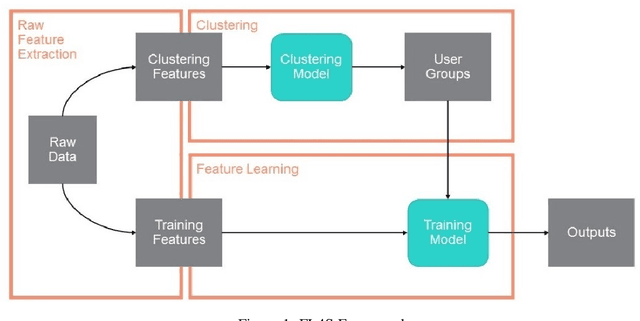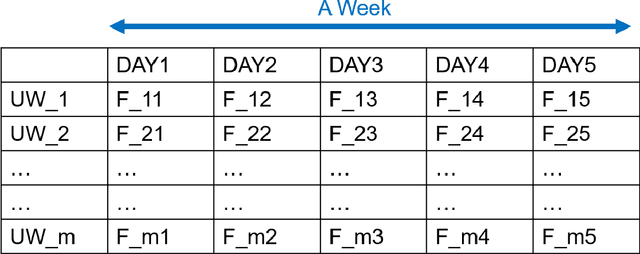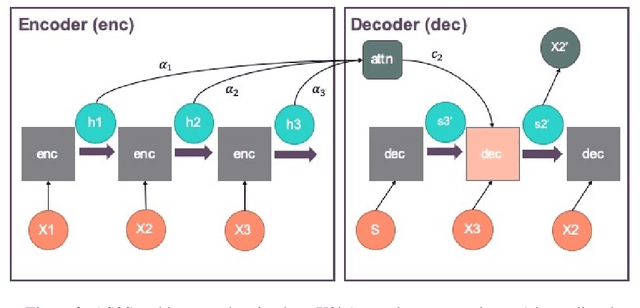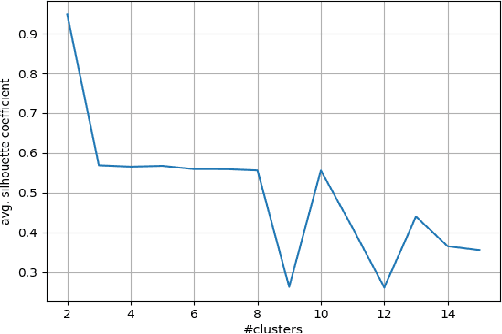I-Ta Lee
Media Framing through the Lens of Event-Centric Narratives
Oct 04, 2024



Abstract:From a communications perspective, a frame defines the packaging of the language used in such a way as to encourage certain interpretations and to discourage others. For example, a news article can frame immigration as either a boost or a drain on the economy, and thus communicate very different interpretations of the same phenomenon. In this work, we argue that to explain framing devices we have to look at the way narratives are constructed. As a first step in this direction, we propose a framework that extracts events and their relations to other events, and groups them into high-level narratives that help explain frames in news articles. We show that our framework can be used to analyze framing in U.S. news for two different domains: immigration and gun control.
Modeling Human Mental States with an Entity-based Narrative Graph
Apr 14, 2021



Abstract:Understanding narrative text requires capturing characters' motivations, goals, and mental states. This paper proposes an Entity-based Narrative Graph (ENG) to model the internal-states of characters in a story. We explicitly model entities, their interactions and the context in which they appear, and learn rich representations for them. We experiment with different task-adaptive pre-training objectives, in-domain training, and symbolic inference to capture dependencies between different decisions in the output space. We evaluate our model on two narrative understanding tasks: predicting character mental states, and desire fulfillment, and conduct a qualitative analysis.
Attention-Based Self-Supervised Feature Learning for Security Data
Mar 24, 2020



Abstract:While applications of machine learning in cyber-security have grown rapidly, most models use manually constructed features. This manual approach is error-prone and requires domain expertise. In this paper, we design a self-supervised sequence-to-sequence model with attention to learn an embedding for data routinely used in cyber-security applications. The method is validated on two real world public data sets. The learned features are used in an anomaly detection model and perform better than learned features from baseline methods.
 Add to Chrome
Add to Chrome Add to Firefox
Add to Firefox Add to Edge
Add to Edge